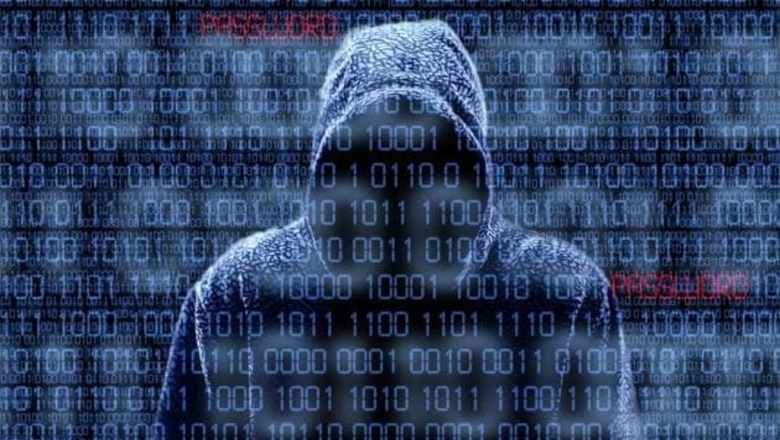
views
New Delhi: Paper money is becoming a passe as the year comes to an end. The New Year brings in the promise of India going cashless with the population of 1.3 billion being pushed into a digital economy.
Today many users are being exposed to plastic money for the first time. Even the most-learned people make mistakes in the digital world that can prove very costly. Hence for first-time users, it is a minefield out there where negotiating needs a lot of tact.
Earlier this year, 3.2 million credit and debit card details with a bulk of them from India's largest banker--the State Bank of India--allegedly got compromised and till date the investigating agencies have not been able to make much headway.
In a country where about 287 million adults according to UN figures are still illiterate, how safe is it to indulge in cashless transactions? Some say dacoits and robbers in the digital world are more ruthless than the notorious dacoits that once ruled the roost in the ravines of river Chambal.
Many have been defrauded, a report says that in a single month in 2015, cyber criminals targeted over 100 banks globally and made off with one billion dollars.
The underbelly of the digital world is very dirty since even the most heavily-secured computers of the American defence establishment at Pentagon have been compromised in the past and sensitive data stolen. So how well is India prepared to handle the security of its digital assets and what should you and I do -- make a fortress around the electronic wallets and payment gateways.
There are no easy solutions and the entire burden is now shifted on individual users to safeguard their money saved in zeros and ones of computer codes.
With almost no training or a deeper understanding, citizens are being asked to embrace Internet banking and mobile app-based financial transactions.
To leap on to the virtual superhighway that connects individuals to servers of banks what one needs is an omnipresent fail-proof Internet, still a far cry in many remote areas.
According to the Telecom Regulatory Authority of India, as of June 2016, there were 350 million Internet subscribers. There are many users who have multiple mobile phones and multiple Internet connections and hence it means literally more than two thirds of Indians do not have any access to the lifeline that will supply them the oxygen necessary to survive in the digital world.
There are 220 million smartphone users but most have been, and rightly so, reluctant users of data and Internet on their mobile devices. A mobile device with banking data has to be protected in the same fashion as one would safeguard a signed cheque leaf. A stolen mobile phone with banking data is like losing a blank signed cheque since most users don't tend to use personal identification numbers or PINs to lock the devices or SIM cards.
Transferring money into and out of an electronic wallets like PayTM is very easy and that is what has made it very popular but at the same time if one stores or embeds the credit card and debit card details on the card app, which is how most apps wants citizens to transact, then stealing is also as easy.
Take the case of Internet banking; just trying to remember a string of 8-16 or more digits of an alphanumeric code with special characters and upper and lower case alphabets is already a nightmare for the human memory. Reports suggest that in November, cyber criminals looted $ 5 million from a British bank and in February, a Bangladeshi bank was the target of hackers who attempted to steal $ 1 billion.
There are no easy solutions on securing oneself in the cashless digital world, minimising risk is the best alternative.
In the New Year be very, very cautious as India becomes a digital economy, having less cash is one thing and being rendered cashless due to cyber heist is quite another.



















Comments
0 comment